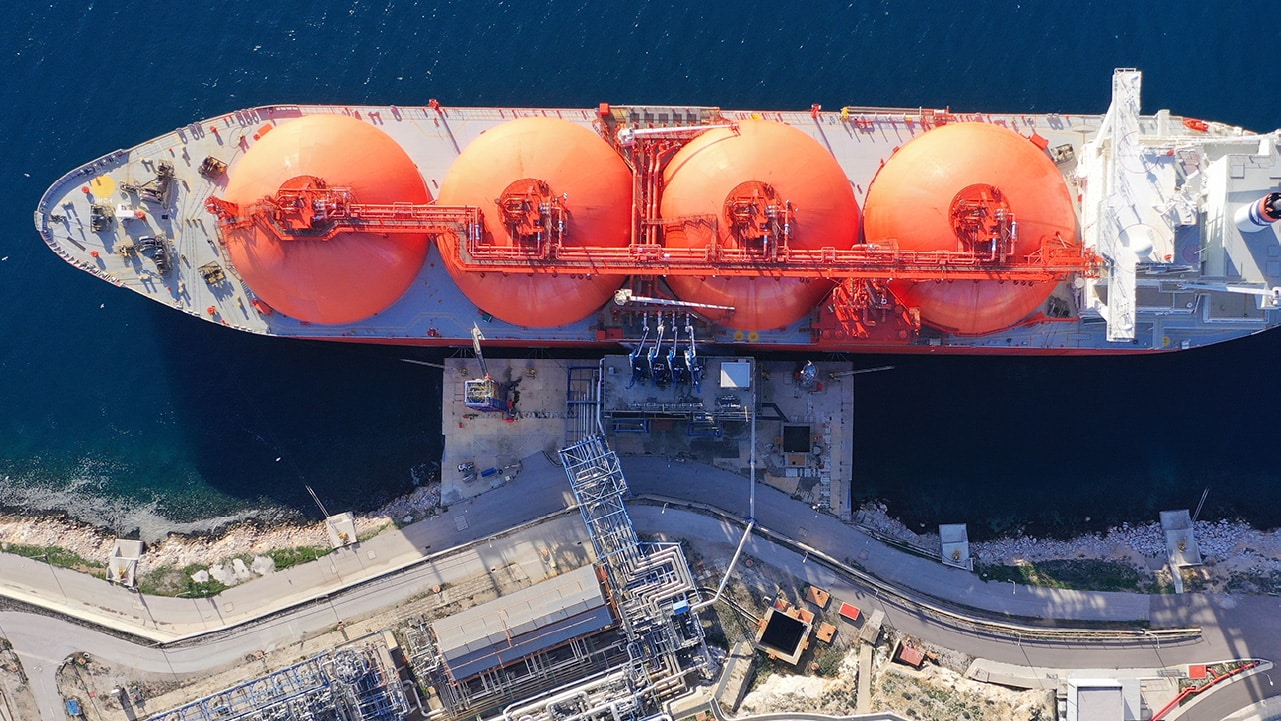ISO 9227 Neutral Salt Fog Testing of Tank Protection Coatings
The ISO 9227 neutral salt fog test is a critical procedure for assessing the corrosion resistance and durability of tank protection coatings used in marine environments. This testing method simulates the corrosive effects caused by salt spray, which is common in coastal and offshore areas where ships operate.
The primary purpose of this test is to ensure that the protective coatings applied to tanks can withstand exposure to high humidity levels and saline conditions over extended periods without compromising their integrity. This is particularly important for ensuring the long-term reliability and safety of marine vessels, which are exposed to harsh environmental factors during operation.
The process involves exposing coated specimens to a controlled environment where salt fog is generated under specific conditions specified in ISO 9227. The duration of exposure can range from several weeks up to six months depending on the desired level of corrosion resistance evaluation. At regular intervals throughout this period, visual inspections are conducted to observe any changes or failures that may occur within the coating.
Once the prescribed exposure time has been met, detailed assessments are carried out using various techniques including thickness measurements and cross-sectional analysis via microscopy. These analyses help determine whether there was any degradation in performance over the course of testing.
The results from these tests play a crucial role in guiding decisions regarding which coatings should be used for different types of tanks based on their intended service life, location, and operational requirements. By adhering to strict standards like ISO 9227, manufacturers can provide assurance that the products they produce meet industry benchmarks.
For those involved in quality management or compliance roles within organizations operating within this sector, understanding how these tests contribute towards maintaining high levels of safety and efficiency is essential. Additionally, R&D engineers responsible for developing new formulations need reliable data from such evaluations to refine their approaches continuously.
Applied Standards
- ISO 9227:2018 – Salt雾 Test for the Corrosion Resistance of Protective Coatings
- ASTM B117-15 – Standard Practice for Operating Salt Spray (Fog) Apparatus
The ISO 9227 standard provides detailed procedures and requirements for conducting neutral salt fog tests. It specifies the environmental conditions necessary to ensure accurate results, including temperature range, humidity levels, and duration of exposure.
ASTM B117 is another widely recognized standard that offers additional guidance on operating salt spray apparatuses used during testing. Together, these standards help guarantee consistent and reliable outcomes across various laboratories performing this type of evaluation.
Benefits
- Ensures compliance with international regulations and industry best practices
- Promotes the use of high-quality coatings that enhance safety and performance
- Reduces maintenance costs by identifying potential issues early on
- Aids in selecting appropriate coating systems for specific applications
The benefits extend beyond mere compliance; they also contribute significantly to improving overall operational efficiency and reducing long-term expenses associated with repairs or replacements due to failures caused by insufficient protection.
Use Cases and Application Examples
| Cases | Description |
|---|---|
| Tank Linings | Testing ensures that linings remain effective against corrosion throughout their lifespan, enhancing vessel integrity and extending operational efficiency. |
| Storage Tanks | Assures proper protection for storage facilities located in coastal regions where exposure to salt spray is high. |
| Cargo Containers | Evaluates the effectiveness of coatings applied to ensure they can withstand prolonged exposure to marine environments without degradation. |





